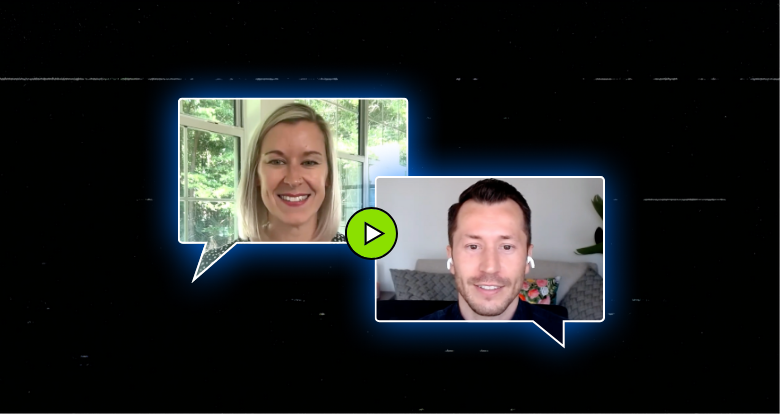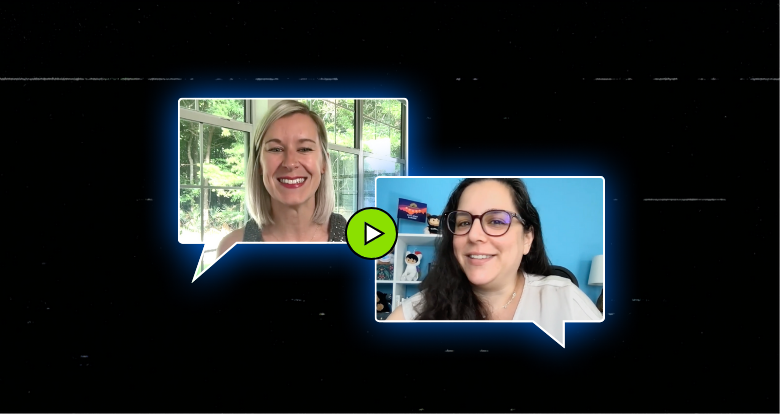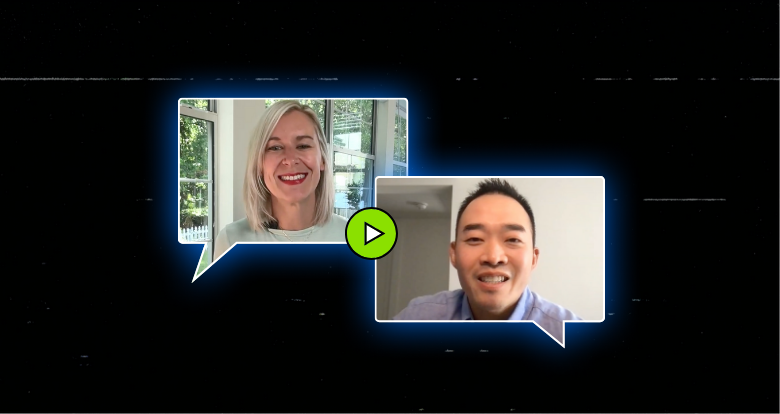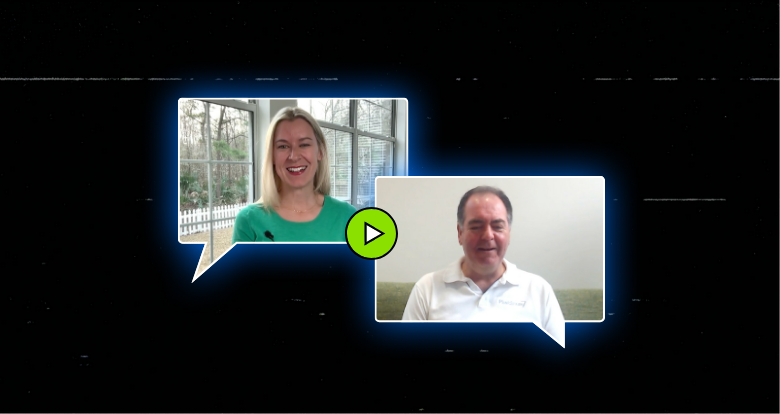Welcome to Speed Data: Quick Conversations With Cybersecurity Leaders. Like speed dating, our goal is to capture the hearts of CISOs with intriguing, unique insight in a rapid format for security professionals pressed for time.
Mark Wigham, Director of Technical Architects at Salesforce, works with the world’s largest companies to tackle complex security, data, and AI challenges. He joins us for this week’s episode of Speed Data to talk about data loss prevention, how to help overburdened security teams, and the fundamentals of cybersecurity.
Tackling the complex world of cybersecurity
Rubik’s Cube, Sudoku, and The New York Times Sunday crossword were made for Mark Wigham.
“I like solving problems, and so constantly having new problems to address is probably my favorite aspect of cybersecurity,” the Director of Technical Architects at Salesforce said.
The thing that keeps me engaged with cybersecurity is how it’s constantly evolving.
Mark Wigham, Salesforce Director of Technical Architects
“Being able to work those problems to have a positive outcome for myself, my peers, and our customers makes that problem-solving process even more fulfilling,” he said.
Decoding tech talk
Mark’s role at the CRM giant provides him with a unique dual perspective as both an implementer of cybersecurity within organizations and an external advisor, allowing him to provide comprehensive and practical solutions to his customers.
However, Mark said, many cybersecurity experts struggle to convey the significance of new technologies and innovations clearly to customers who aren't familiar with technical jargon.
“One of the most challenging aspects of the role is, how do we break out of our bubble and translate what we’re focused on in cybersecurity to people who aren’t living and breathing in that world every day?”
How do we explain the importance of these new technologies and threats in a way that businesses can understand, consume, and then ground it within their reality?
Mark Wigham, Salesforce Director of Technical Architects
Getting a grasp on your sensitive data
Mastering the cybersecurity basics is crucial for success. This involves clearly understanding where your data lives and who has access.
“The fundamental principles are absolutely critical,” Mark said. “The number one rule for data loss prevention is data classification.”
What data do you have? Where is that data? Who is the owner? If you don’t have that initial understanding and a plan you’re going to execute, there will always be gaps within those tools.
Mark Wigham, Salesforce Director of Technical Architects
Even with a data classification solution in place, though, data loss prevention is an ongoing task. It’s essential to continuously monitor your data and not become complacent, assuming that a strong classification approach eliminates the risk of data leakage.
“DLP is never something that is finished or complete; there’s never an end to DLP, and it’s definitely not a tool that you buy — even though there are plenty of tools that will say they’re a DLP solution.”
Enhancing resources through AI
Marks understands that many organizations are stretched thin and overwhelmed by their growing workload.
“Most people in the cybersecurity space probably feel the need to do more with less. There’s always pressure on resources.”
“There’s always more work to be done than you’re ever going to be able to do.”
Using AI to supplement resources can assist orgs struggling with insufficient staff and increasing responsibilities.
When I look at the internal processes within cybersecurity teams, AI is perfect for augmenting individuals in those roles: processing large volumes of data or trying to highlight threats or anomalies.
Mark Wigham, Salesforce Director of Technical Architects
“These AI tools are really beneficial and I think it’s going to transform how much we can do in cybersecurity.”
What should I do now?
Below are three ways you can continue your journey to reduce data risk at your company:
Schedule a demo with us to see Varonis in action. We'll personalize the session to your org's data security needs and answer any questions.
See a sample of our Data Risk Assessment and learn the risks that could be lingering in your environment. Varonis' DRA is completely free and offers a clear path to automated remediation.
Follow us on LinkedIn, YouTube, and X (Twitter) for bite-sized insights on all things data security, including DSPM, threat detection, AI security, and more.





